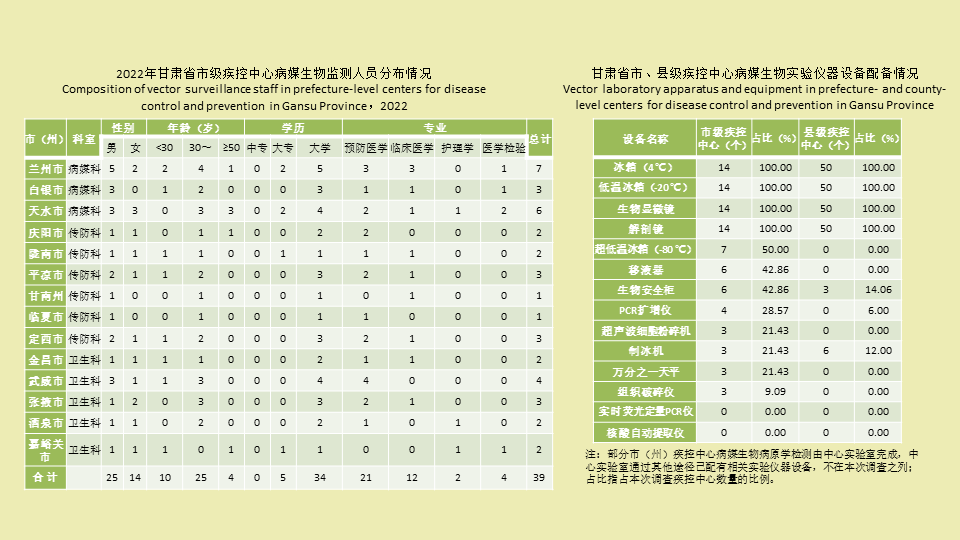 PDF(582 KB)
PDF(582 KB)


 PDF(582 KB)
PDF(582 KB)
 PDF(582 KB)
PDF(582 KB)
甘肃省基层疾控机构病媒生物防制工作现状调查与分析
 ({{custom_author.role_cn}}), {{javascript:window.custom_author_cn_index++;}}
({{custom_author.role_cn}}), {{javascript:window.custom_author_cn_index++;}}Current situation investigation and analysis of vector control in the grassroots disease control institutions of Gansu Province, China
 ({{custom_author.role_en}}), {{javascript:window.custom_author_en_index++;}}
({{custom_author.role_en}}), {{javascript:window.custom_author_en_index++;}}
| {{custom_ref.label}} |
{{custom_citation.content}}
{{custom_citation.annotation}}
|
/
| 〈 |
|
〉 |